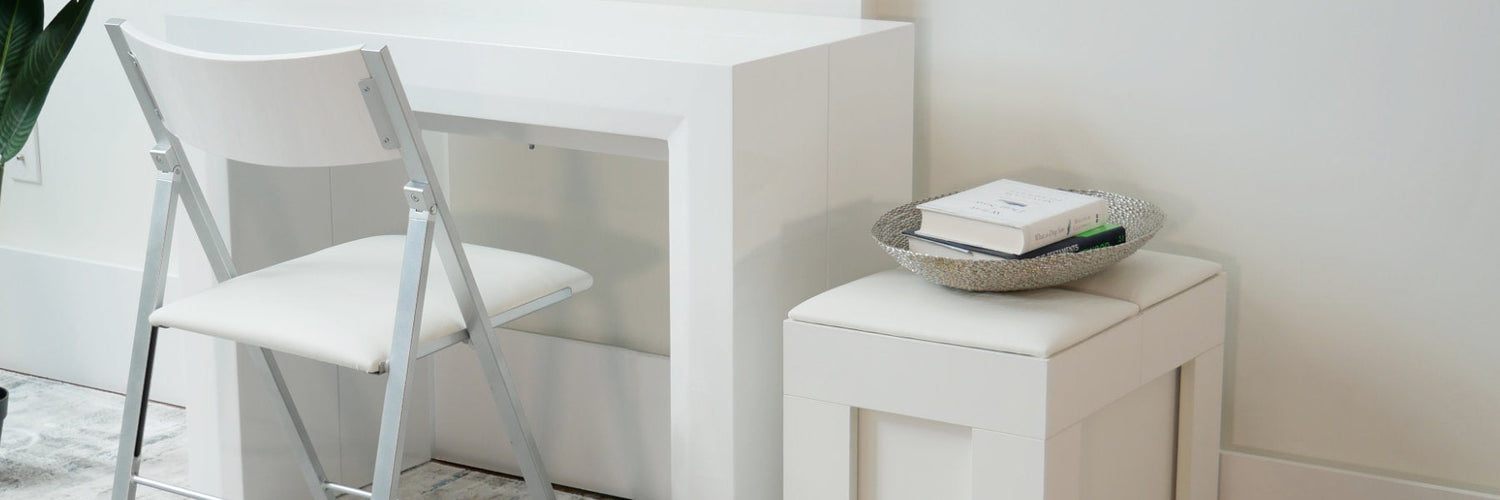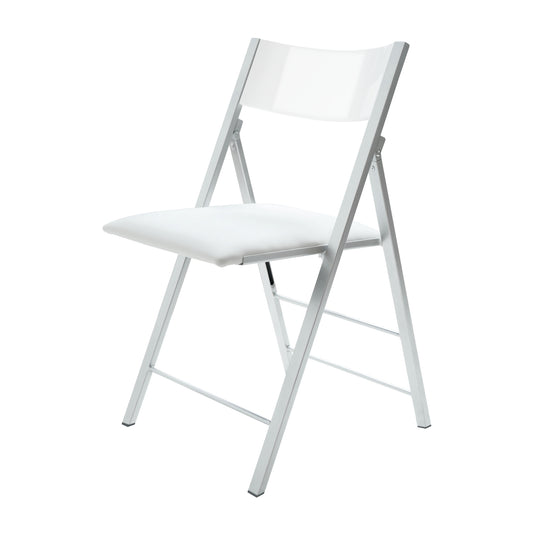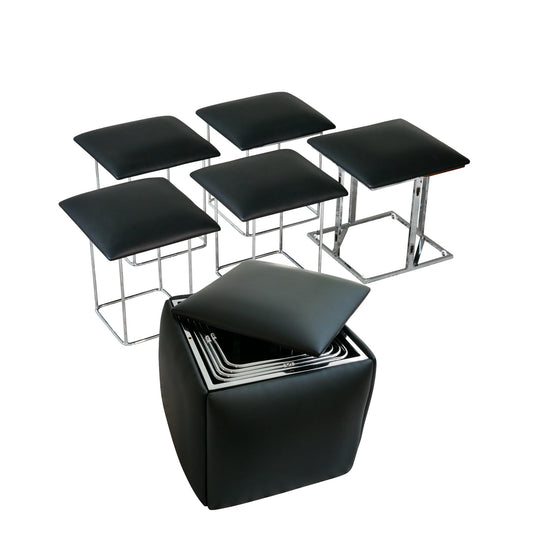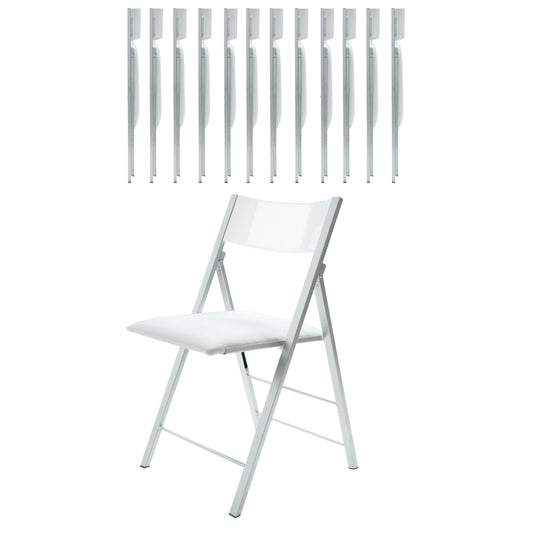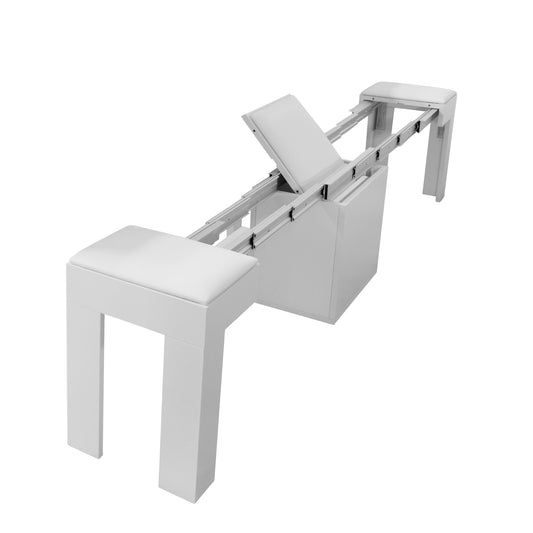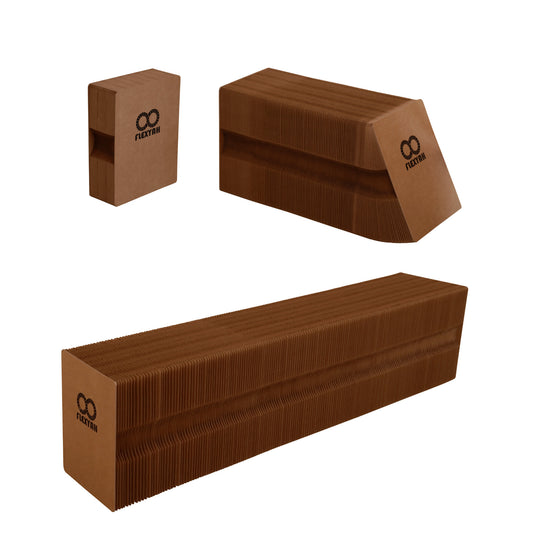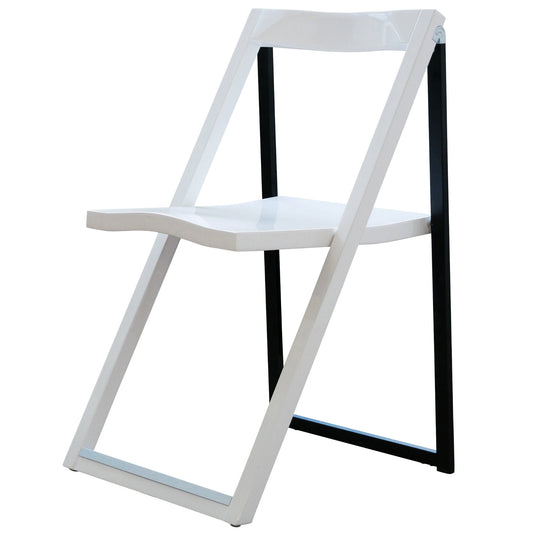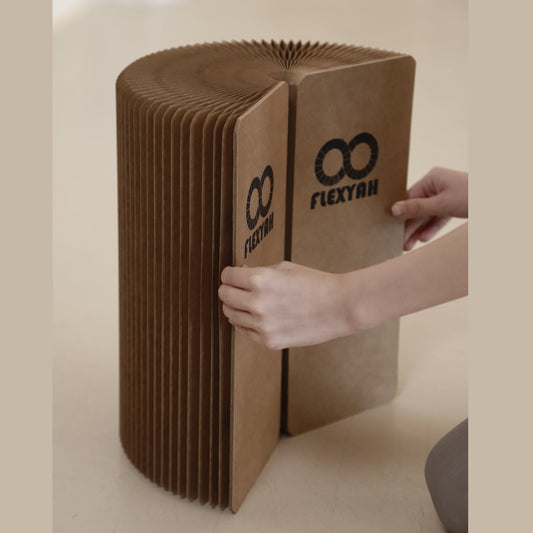Did you know the coffee table may have been invented on a whim by J. Stuart Foote, president of the Imperial Furniture Company, to impress his wife before a party? Whether fact or folklore, it’s a charming origin story for an essential piece of furniture whose history spans continents, cultures, and centuries. Here’s a look at the evolution of the coffee table.
The History of the Coffee Table
From ceremonial tea rituals to mid-century masterpieces, coffee tables have a rich story worth exploring:
- Early Origins
- 1652: The First Coffee House in London
- 1700 - 1800: The Rise of the Tea Table
- Early 1800s: The Victorian Era
- Late 1800s: The Industrial Revolution
- Early 1900s: The Modern Coffee Table
- 1920 -1930: Art Deco
- 1930 - 1950: Modernism
- 1950 - 1960: Mid-Century Modern
- 1970 - 1980: Eclectic and Experimental
- 1990 - 2000: Multipurpose and Minimal
- 2010 - Present: Smart and Stylish
Fun Fact: During the show, Seinfeld character Kramer pitched a coffee table book about coffee tables, and it even had legs so it could turn into a mini coffee table itself!
Early Origins
The coffee table’s roots trace back to the Ottoman Empire, where low korsi tables were used during tea and coffee ceremonies. Placed in the center of the room and surrounded by floor cushions, these intricately carved tables allowed guests to sip and socialize.
Similar traditions appeared in other cultures, like Japan’s chabudai. These low tables are designed for floor seating during meals or tea and fit seamlessly into Japan’s culturally rooted practice of sitting close to the ground.
1652: The First Coffee House in London
In 1652, London welcomed its first coffee house, sparking a trend throughout Europe and America. Dubbed “Penny Universities” for their one-penny admission and rich conversation, these spaces became hubs of intellectual exchange.
The tea table emerged as patrons needed a spot to rest their drinks. They stood around 27 inches high, notably taller than today’s coffee tables. These early tables signaled a shift toward furniture designed for social interaction, paving the way for the modern coffee table.
1700 - 1800: The Rise of the Tea Table
As tea culture flourished, it reshaped home socializing. Afternoon tea became a refined ritual, prompting the rise of elegant tea tables, especially in Victorian and Georgian parlors. These tables with carved legs and rich finishes symbolized taste, hospitality, and social status.
Features of these tea tables include:
- 27–30 inches high
- Many had tilting tabletops that could be flipped vertically for easy storage
- Round or oval tops
- Edges were scalloped, pie-crust, or serpentine in shape
- Typically made of mahogany, walnut, or cherry
- Legs were often slender and curved
- Tripod or four-legged bases with cabriole legs, ball-and-claw feet, and scrolled or fluted carvings
- Sized for teapots, cups, saucers, and serving trays
- Sometimes had small drawers or raised edges to prevent items from sliding
Some of the most renowned furniture makers of this time were:
- Thomas Chippendale popularized his style through published designs, blending functionality with ornate detail and gaining global influence.
- George Hepplewhite emphasized elegance and light proportions, giving his tea tables a graceful, modern feel.
- Thomas Sheraton introduced a formal, architectural style to small tables, combining refined elegance with precise detail.
- André-Charles Boulle turned furniture into lavish art, known for its opulence and drama, favored by royalty and aristocrats.
- Jean-Henri Riesener turned tea tables into status symbols, combining intricate craftsmanship with ornate detailing fit for royalty.
- Duncan Phyfe built one of America’s earliest furniture brands, offering elegant, well-crafted, and affordable designs tailored to the rising upper-middle class.
Early 1800s: The Victorian Era
The coffee table symbolized elegance, refinement, and social status in the Victorian era. Commonly found in formal parlors, it served both a functional and decorative purpose, acting as a focal point in sitting rooms.
Notable characteristics of Victorian coffee tables include:
- Typically 20–25 inches high
- Use of luxurious materials like mahogany, walnut, rosewood, and marble
- Intricate carvings and embellishments
- High-polish surfaces, inlays, and gilded accents
- Curved edges and scalloped details
- Designed to be easily moved within parlors
- Used for tea service, books, or decorative displays
In homes where tea and coffee service played a key role in entertaining, these tables provided a dedicated space to host guests with style. Their surfaces were often dressed with lace runners, brass candlesticks, or fresh flowers, echoing the era’s emphasis on decorum and visual charm.
Companies that helped define this period’s distinctive furniture styles are:
- Gillows of Lancaster and London combined elegance and craftsmanship with early factory methods, producing refined tea and parlor tables at scale without sacrificing quality.
- Holland & Sons, known for regal, traditional designs, gained prestige through state commissions. Their deep sofas helped spark the need for lower front tables, inspiring early coffee tables.
- Maple & Co. offered ready-made pieces through catalogs and showrooms, making Victorian design available to the growing middle class.
- Howard & Sons blended comfort, durability, and understated elegance, making their designs perfect for Victorian parlors.
- Miles & Edwards blended Georgian elegance with Victorian sensibility, creating pieces that appealed to traditional tastes.
Late 1800’s: The Industrial Revolution
As domestic staff declined, households turned to practical, self-service furniture. Tea trolleys became a popular way to serve guests easily, while occasional tables gained favor for their versatility.
European homes began socializing over drinks. High-backed settees were often paired with sofa tables placed in front of or behind the seating, reflecting shifting social habits. These setups paved the way for a new kind of table that would eventually move to the center of the room.
A major milestone came in 1867, when British designer E.W. Godwin created a piece he called a “coffee table”. This is one of the earliest known uses of the term and a key step toward the modern living room staple.
Meanwhile, the Industrial Revolution also reshaped furniture-making. With the rise of mass production, furniture became more affordable and accessible to a broader audience. New materials like steel, glass, and later plastics allowed for more creative and modern designs. Technological advances also brought innovations like interchangeable parts and modular construction, transforming coffee tables from decorative accents into practical, everyday furniture for the modern home.
Features of this furniture include:
- Simpler designs that were less ornate
- Affordable
- Cast iron bases
- Machine-cut veneers
- Turned or stamped metal components
- Lower height for easier access from seating
- Flat tops suitable for books, lamps, or serving
- Some included drawers or small shelves
These coffee and occasional tables served as transitional pieces, blending Victorian elegance with the practicality and affordability made possible by the Industrial Revolution. With simpler designs, functional sizes, and mass-produced parts, they helped pave the way for the modern coffee table.
Some key manufacturers from this period include:
- Waring & Gillow balanced mass production with high-end custom work.
- Thonet used steam-bent wood to create elegant, durable tables that were easy to mass-produce, making modern design affordable and parlor-ready.
- Stickley Brothers championed simple, sturdy woodwork and honest craftsmanship to respond to Victorian excess and mass production.
Early 1900s: The Modern Coffee Table
As middle-class homes moved away from formal, staff-run service, families turned to practical, self-serve furniture. Without butlers or footmen, formal tea tables and teapoys gave way to guests simply balancing cups in their laps. The need for functional, low tables grew as entertaining grew more casual.
At the same time, bungalow-style homes gained popularity. These homes featured defined living rooms and dens built for relaxed socializing. These smaller, informal spaces called for stylish and functional furniture, paving the way for the modern coffee table.
Features of the tables at this time include:
- Height ranged from 18 to 24 inches
- Lower profiles began appearing as sofa seating became deeper and more relaxed
- Curved lines
- Natural motifs
- Made of solid woods like oak, walnut, and mahogany
- Occasional use of marble tops or inlay work
- Finish was often dark and polished
- Used for tea service, reading, decor display, or games
- Many featured shelves, magazine racks, or small drawers
- Some were multi-use, designed to serve various roles in parlors or dens
Some of the most notable furniture makers of this era included:
- Gustav Stickley rejected Victorian excess and led the American Arts and Crafts movement, focusing on handcrafted quality, solid wood (especially oak), and form driven by function.
- Liberty & Co. collaborated with artists and designers to create furniture with flowing lines, stylized nature motifs, and lightweight, decorative forms, a bold contrast to heavy Victorian pieces.
- L. & J.G. Stickley helped refine and expand the Mission style, emphasizing durability, exposed joinery, and accessible design for everyday homes.
J. Stuart Foote, president of the Imperial Furniture Company, is often credited with creating the first modern coffee table. According to legend, in 1920, he shortened the legs of a traditional table for his wife's party, making it a better fit in front of a sofa. The idea took off, and the company began producing them widely.
1920 -1930: Art Deco
The 1920s and early 1930s introduced the bold, glamorous world of Art Deco, where furniture became a reflection of modern luxury and sophistication. As cocktail culture and home entertaining flourished, the coffee table became a stylish centerpiece, designed to impress as much as it served.
Art Deco coffee tables embodied the spirit of the Jazz Age with striking materials, sleek lines, and geometric patterns. These pieces were perfect for serving drinks, displaying décor, and anchoring social gatherings in elegant living rooms and lounges.
Some of the key features of art deco coffee tables are:
- Zigzags, chevrons, sunbursts, stepped forms, and symmetrical patterns
- Clean lines combined with dramatic, angular accents
- Luxury materials like Lacquered wood, chrome, glass, mirrored surfaces, exotic woods (like Macassar ebony), and shagreen
- Metallic accents using brass, polished aluminum, or gold leaf
- Use of exotic veneers and inlay work with ivory or mother-of-pearl
- Often had a shiny, lacquered surface for a polished, upscale look
- Used as statement pieces at the center of a room
Art Deco coffee tables of the 1920s-1930s were bold, sophisticated, and distinctly modern. They blended luxurious materials with striking geometric designs, reflecting the glamour of the Jazz Age and transforming the coffee table into a stylish centerpiece of fashionable living.
Some of the top manufacturers and influential figures in coffee table design from the 1920s and 1930s were:
- Émile-Jacques Ruhlmann brought Haute Couture elegance to Art Deco furniture, crafting sleek, custom low tables from exotic woods, ivory, and lacquer, setting a new luxury coffee table design standard.
- Paul Follot blended opulent detail with modern flair, using streamlined forms, marquetry, and bold patterns to balance elegance and innovation.
- Donald Deskey used metal, glass, and plastics to create streamlined, industrial furniture, making Art Deco accessible and practical.
- Eileen Gray created sleek, geometric tables in steel and glass, merging modern style with practical function.
- Jean-Michel Frank designed minimalist, boxy forms using luxurious materials like shagreen and parchment, embodying Art Deco elegance without excess.
- Machine-Age Makers mass-produced tables and furnishings in chrome, Bakelite, and tubular steel, bringing Deco-inspired design to a broader middle-class market.
1930 - 1950: Modernism
Between 1930 and 1950, Modernism transformed furniture design, emphasizing function over ornament and clean, accessible forms inspired by the Bauhaus movement.
The repeal of Prohibition sparked a rise in home entertaining, increasing demand for low, stylish tables. Designers shifted from ornate styles to sleek, geometric forms using wood, glass, steel, and leather. A chrome and glass coffee table shown at the 1934 Century of Progress Exposition symbolized this modern shift.
After WWII, as suburban homes and open-plan living grew, coffee tables evolved into practical centerpieces that balanced simplicity, utility, and style.
Key features of these coffee tables included:
- Designs prioritized usability and simplicity
- Minimal ornamentation
- Simple shapes like rectangles, circles, and ellipses
- Emphasis on symmetry, balance, and streamlined silhouettes
- Common materials included tubular steel, tempered glass, plywood, chrome, laminates, and leather
- Little to no carving or embellishment
- Designed to fit in open-plan, functional spaces and low-slung modern seating
From 1930 to 1950, modernist coffee tables embraced clean design, innovation, and purpose. Featuring simple lines, industrial materials, and little ornamentation, they reflected a shift toward practical, accessible, and streamlined living.
Influential designers of the era include:
- Charles and Ray Eames revolutionized modern design with molded plywood, creating ergonomic, elegant, and affordable furniture.
- Isamu Noguchi’s 1947 coffee table paired a sculptural wood base with freeform glass, blending organic form and functional art into a timeless design.
- Le Corbusier designed minimalist yet bold furniture using steel, leather, and glass, blending geometry with architectural style.
- Marcel Breuer pioneered bent tubular steel, creating lightweight, modern coffee tables rooted in Bauhaus design and built for daily use.
- Alvar Aalto created warm, organic tables using curved plywood and birch, emphasizing natural materials over industrial starkness.
1950 - 1960: Mid-Century Modern
Building on Modernist principles, the Mid-Century Modern era brought sleek, practical, and stylish furniture. Coffee tables embraced simplicity, function, and organic form, and were often crafted from teak, walnut, glass, and metal.
As television, low sofas, and casual living spaces became the norm, coffee tables grew in popularity because people needed a convenient, low-height surface to hold drinks, snacks, and remotes while relaxing. This matched the shift toward more laid-back, functional interiors.
Key features of Mid-Century coffee tables include:
- Low, elongated shapes
- Tapered or hairpin legs
- Rounded edges and sculptural forms
- Simple, clean lines
- Geometric shapes
- Lightweight, functional construction
-
Mixed materials: wood and glass, metal and laminate
Post-WWII optimism and the rise of suburban living drove demand for affordable, adaptable furniture. Also, with advances in manufacturing, coffee tables became widely available, moving away from ornate luxury toward their functional, modern design.
Influential designers of this period include:
- George Nelson introduced icons like the Platform Bench and Bubble Lamps, shaping modular, minimalist coffee tables that focused on function, whimsy, and everyday use.
- Arne Jacobsen’s elegant, organic designs used clean lines and natural materials, inspiring functional and refined coffee tables.
- Hans Wegner’s coffee tables showcased clean lines, natural wood, and expert craftsmanship, blending simplicity with everyday comfort.
- Herman Miller mass-produced designer furniture, making modern design accessible by blending style, function, and affordability.
- Knoll, Inc. is known for clean, architectural furniture, with minimalist coffee tables that blend seamlessly into modern spaces.
1970 - 1980: Eclectic and Experimental
The 1970s and early 1980s marked a shift from strict modernism to playful experimentation in furniture design. Influenced by pop culture, fashion, and art, coffee tables became more expressive, featuring vibrant colors, unconventional materials, and unexpected shapes.
Designers embraced materials like acrylic, plastic, lucite, metal, rattan, and mirrored surfaces, giving tables a futuristic edge. Functionality was also a focus, with many tables incorporating storage, modular features, and even built-in lighting to suit smaller, multifunctional living spaces.
Some of the key features of 1970s - 1980s coffee tables were:
- Bold shapes and asymmetry with rounded edges, amorphous forms, and geometric oddities
- Popular shapes included kidney-shaped, hexagonal, and multi-tiered designs
- Materials like acrylic, lucite, plastic, laminate, stone, rattan, and mirrored surfaces
- Tables inspired by art, fashion, and music
- Many tables featured built-in storage, lift-tops, stackable designs, or hidden compartments
- Mixed materials were common
- Bright hues like orange, teal, red, or pastels
- High-gloss and reflective surfaces
- Emphasis on practicality in smaller spaces
The coffee tables of the 1970s and 1980s showcased bold design, unexpected materials, and practical features. Beyond furniture, they became statement pieces that captured the era’s spirit of individuality, creativity, and playful experimentation.
Some influential designers and brands for this time are:
- The Memphis Group broke from minimalism with bold colors, asymmetry, and mixed materials, turning coffee tables into sculptural, rule-defying designs.
- Karl Springer added luxury to modern design with shagreen, lacquer, and chrome, crafting rounded-edge coffee tables loved by celebrities and designers alike.
- Pierre Cardin designed coffee tables with curved forms, metallic finishes, and a distinctly sculptural look, often blurring the line between furniture and modern art.
- Roche Bobois created modular, vibrant coffee tables with glass, lacquer, and glossy finishes, tailored for urban, style-forward homes.
- Milo Baughman’s coffee tables combined clean lines, chrome frames, and striking materials like mirror, glass, and lacquer, capturing the elegant minimalism that defined late-1970s design.
- The Pace Collection specialized in glass, polished steel, and exotic wood veneers, creating coffee tables that were minimalist yet striking.
Fun Fact: Some coffee tables are designed to look like they’re hovering midair, known as a floating coffee table, giving a futuristic, minimalist vibe!
1990 - 2000: Multipurpose and Minimal
As homes became more compact and urban living more common, coffee tables adapted to modern needs. The 1990s marked a shift toward simplicity, functionality, and efficiency, with furniture designed to do more with less.
Coffee tables moved away from bold, decorative statements and embraced clean lines, neutral colors, and purpose-driven features. Minimalist styles flourished, pairing sleek design with practical upgrades to suit increasingly tech-centered, space-conscious lifestyles.
These coffee tables include:
- Multipurpose functionality with hidden storage, lift-top surfaces, and nesting designs
- Clean, simple shapes like rectangles, squares, or soft curves
- Minimal ornamentation
- Focus on form and function
- Neutral palettes with black, white, gray, glass, and natural wood tones
- Double as workspaces (with lift-top surfaces), storage units (with drawers, hidden compartments, or shelves), and media stands or decor platforms
- Has nesting or stackable tables for flexible use
- Compact, lightweight designs
- Modular options for changing layouts
- Tempered glass, chrome, laminate, composites, and engineered wood
- Smooth finishes and often mixed materials
Coffee tables in the 1990s followed a “less is more” approach, prioritizing minimalism, versatility, and function. Built for compact, tech-savvy homes, they offered innovative, practical features that fit effortlessly into the multitasking lifestyles of the digital age.
Some influential designers for this time are:
- Muji offered simple, functional coffee tables with clean lines and natural materials, perfect for small spaces and a minimalist lifestyle.
- Ligne Roset collaborated with top designers to create artistic, minimalist coffee tables with geometric shapes, glass, and bold color contrasts.
- Cappellini embraced bold, artistic design, creating modular coffee tables with playful forms that merged sculptural style with everyday function.
- BoConcept created modular and customizable pieces for modern apartments, offering coffee tables with built-in storage, slide-out trays, or convertible tops.
2010 - Present: Smart and Stylish
Today’s coffee tables are more than just stylish. They’re smart, multifunctional, and designed for how we live now. With the rise of smart homes, minimalist interiors, and tech-integrated lifestyles, coffee tables have become true living room hubs.
Designs now feature everything from wireless charging and Bluetooth speakers to lift-tops, built-in coolers, and app-controlled features.
Some of the key features are:
- Simple lines and low profiles
- Neutral tones (white, black, gray, natural wood)
- Designs that emphasize visual lightness and uncluttered space
- Built-in features like wireless charging stations, USB ports or power outlets, Bluetooth speakers, hidden lighting, or touch-sensitive surfaces
- Integration with smart home devices or app-controlled functions
- Lift-top tables that double as desks or dining surfaces
- Hidden storage compartments, drawers, or shelves
- Convertible or modular components for flexible use in small spaces
- Matte, textured, or soft-touch finishes are popular for a modern feel
- Made from a mix of modern materials
- Some tables cool drinks, lift automatically, or have built-in speakers
Coffee tables from 2010 to today emphasize sleek design and innovative functionality. Built for modern living, they offer features like device charging, hidden storage, and work-from-home adaptability while maintaining a clean, minimalist look. These tables reflect a lifestyle driven by efficiency, tech integration, and purposeful design.
Some notable manufacturers and designers are:
- Burrow offers customizable, easy-to-ship coffee tables with hidden storage and USB ports, blending modern function with eco-friendly design in a direct-to-consumer model.
- West Elm combines design-forward aesthetics with sustainable sourcing, and their coffee tables are often multipurpose (lift-tops, nesting sets).
- Article focuses on clean lines and quality craftsmanship, offering coffee tables with simple, timeless designs and efficient delivery.
- Floyd coffee tables combine powder-coated steel with birch or walnut, offering durability, easy assembly, and a minimalist look that suits modern, adaptable spaces.
- Sobro developed coffee tables with built-in fridges, Bluetooth speakers, LED lights, and charging ports, blending furniture with lifestyle tech and turning them into a home entertainment hub.
Fun Fact: Aquarium coffee tables are real. They combine a full water tank as the base with a sturdy glass top, letting you sip your coffee over swimming fish.
The coffee table’s journey from Ottoman tea rituals to smart furniture speaks to its remarkable adaptability. What began as a simple surface for drinks has become an essential element of home design, reflecting every generation's evolving needs and tastes.
